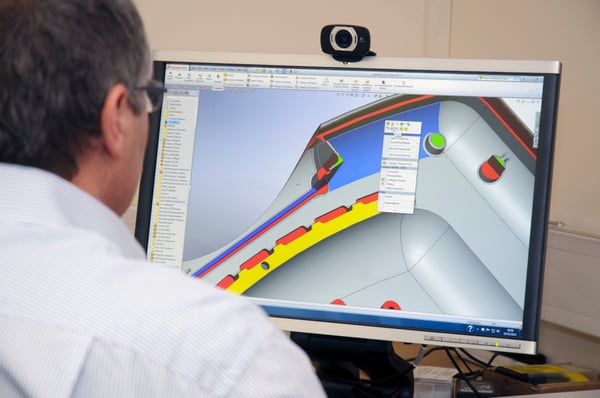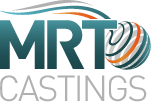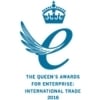Prototyping is a vital part in the life cycle of a project, particularly when dealing with the casting of hundreds, if not thousands, of metal components that will form an integral part of a machine or device.
A prototype is essentially a draft version of the product/component that allows you to examine the feasibility of its production, identify errors or problems and correct them before the time and financial commitment is made in producing the finished article.
Why Prototype?
It may seem, on the surface at least, that your design is robust and perfectly suitable for production.
However, moving from idea to product is a complex process which requires a significant investment of time and money.
Factory recalls cause no end of harm to a company’s reputation, not to mention the damage it does to the bottom line. When you move forward with manufacture, you need to be confident that the final product will match its specification.
Prototyping allows you to quickly identify the areas that work on paper but don’t work in practice.
But prototyping doesn’t just allow you to identify problems with the design: whether it’s warping, flaws, unexpected failure points; it allows you to test for fit and function.
Whilst the design may be sound in isolation, changes elsewhere in the overall design could render the item useless. This is not something you would want to discover once the expensive process of hard tooling has begun. Essentially, it mitigates risk.
Prototyping also allows you to identify refinements that can be made which will enhance the product; a better way of casting for a high-quality result and efficiencies in the design which will make it cheaper and easier to cast.
Finally, prototyping also throws up the unexpected – such as the errors that no one foresaw beyond the component itself. Issues like how the component will fit, or will the proposed assembly process work, can all be examined with a working prototype.

Prototyping Builds Confidence
Investing in a product or component is a commitment in time but also of money.
Any capital expenditure into tooling and production needs to be backed by supreme confidence that it will not just work, but work consistently for days, months or years before it’s replaced.
Prototyping also gives businesses confidence to make an informed decision about whether or not that item or product is up to the task, or if it needs to go back for redesign.
The important thing to recognise is that we’re only human. Mistakes get made. Some are minor some are major but when a component can only have a few microns tolerance, a mistake could render it useless.
For a designer, the goal is to make a product that is not only fit for purpose, but also to design the product so that it can be manufactured as easily and as cost effectively as possible.
Producing a prototype allows designers and project engineers to review best practice.
Techniques such as Design for Manufacture (DFM), Design for Assembly (DFA), and tests for Failure Modes and Effects Analysis (FMEA) can all be put into action during the prototyping stage.
This diligence gives businesses the information they need to progress with a project, confident in the knowledge that the components are all fit for purpose and that investment will see a fully functional, market ready product.
MRT Castings are a full-service casting and finishing specialist with over 70 years of experience. Our engineering team enjoy working with customers to develop their component concepts into cast or machined component designs ready for production.
We offer a full range of prototyping options, from simple nylon 3D prints right through to sand cast or machined from solid full-function samples, ready for testing, before you commit to diecasting tooling. If you would like more information on how we can support you on your design and casting needs, contact us today.
Want to bring your prototype into the real world? Take a look at our complete guide: From Idea to product.









